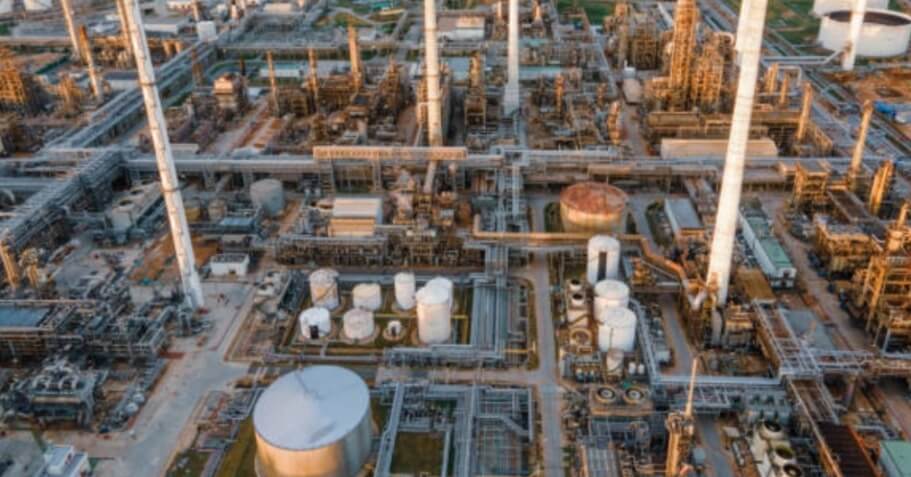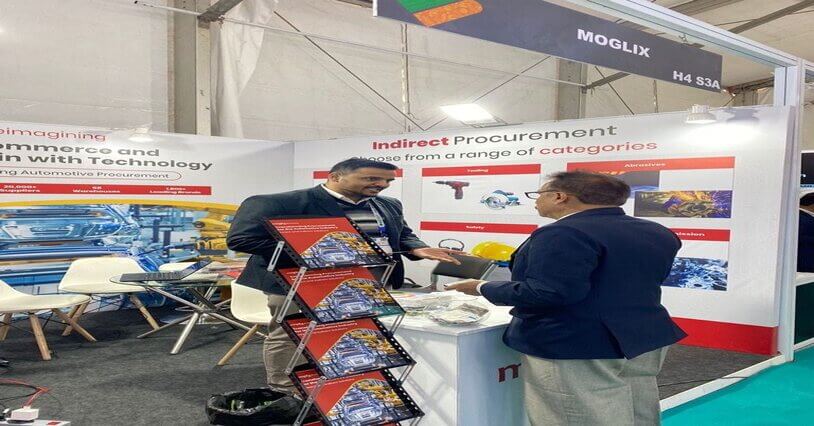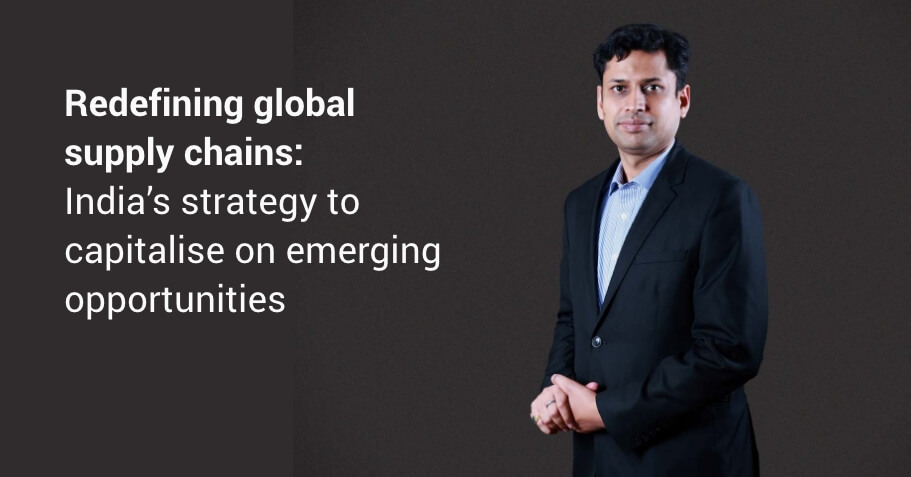Budget 2025 Expectations: Fostering a startup ecosystem for India’s manufacturing renaissance

Budget 2025 Expectations: Fostering a startup ecosystem for India’s manufacturing renaissance
Regarding budget expectations 2025, Rahul Garg highlighted the importance of accelerating emerging industries, with India’s growing semiconductor sector leading the way. As initiatives like the India Semiconductor Mission gain momentum, Garg emphasized how semiconductor startups are poised for success. He also pointed out the India Electronics and Semiconductor Association’s proposal to extend the PLI scheme with an additional $20 billion allocation over the next five years, further bolstering India’s manufacturing growth in 2025.
Read MoreBudget 2025 Expectations Highlights: From tax relief to capex boost, all eyes on FM Nirmala Sitharaman on February 1

Budget 2025 Expectations Highlights: From tax relief to capex boost, all eyes on FM Nirmala Sitharaman on February 1
Rahul Garg shared his insights on Budget 2025, highlighting the immense potential of semiconductors, sustainable manufacturing, and automation in driving India’s trillion-dollar economy vision. He emphasized that these sectors are vital for industrial growth and offer exciting opportunities for startups to lead in innovation and technology. As India strengthens its global position, focusing on these areas will transform manufacturing, boost economic growth, and position the country as a leader in the global supply chain ecosystem.
“Dedicated funding pools, tax incentives for investors, and streamlined implementation frameworks are crucial to achieving this vision,” said Garg.
Read MoreFIEO and Credlix Sign MoU to Empower Indian Exporters with Financial and Logistical Support

FIEO and Credlix Sign MoU to Empower Indian Exporters with Financial and Logistical Support
Credlix partners with the Federation of Indian Export Organisations (FIEO) through a landmark Memorandum of Understanding (MoU) to empower Indian exporters with smarter financial tools and seamless logistics. This collaboration aims to simplify international trade for Indian businesses by offering access to cutting-edge supply chain financing solutions, enhanced logistical capabilities, and essential support systems. By bridging financial gaps and reducing operational complexities, Credlix and FIEO plans to enable Indian exporters to scale globally, improve cash flow efficiency, and strengthen their competitiveness in international markets.
Read MoreMoglix Supplier meet – Bangalore

Moglix Supplier meet – Bangalore
Date: 20th December’2024
Organizer: Moglix
About the Event: We recently hosted Moglix Supplier Meet – Daksh in Bangalore, bringing together our esteemed suppliers for a day of collaboration, knowledge sharing, and valuable feedback under the theme “Winning Together.”Mr. Chaitanya Kulkarni, Director at Moglix, and Mr. Nikesh Bhanti, Bangalore Head at Moglix, presented innovative strategies to enhance partnerships and foster growth.
Supply Chain event

Supply Chain event
Date: 18th December’2024
Organizer: ISCM
About the Event: We are happy to share that Moglix was recently recognized as one of the Top 10 Technology Solution Providers in Procurement domain by ISCM Forums at the 2nd India Supply Chain Tech Senate 2024. The event celebrated the remarkable achievements of India’s Supply Chain Technology Champions, bringing together the best minds and innovations in the industry.
9th ETAuto EV Conclave

9th ETAuto EV Conclave
Date: 11th – 12th December’2024
Organizer: ET Auto
About the Event: Moglix recently participated in the 9th ETAuto EV Conclave in New Delhi, where industry leaders discussed strategies to accelerate India’s EV transition.The event highlighted key trends and strategies driving EV adoption, focusing on advancing technology, expanding infrastructure, shaping policies, and navigating market dynamics to achieve India’s ambitious EV goals by 2030.
Supply Chain and Logistics Excellence (SCALEX) conference

Supply Chain and Logistics Excellence (SCALEX) conference
Date: 10th – 11th December’2024
Organizer: Messe frankfurt
About the Event: Mr. Piyush Malviya, Vice President & Head – MEA at Moglix, recently participated in a session at the Supply Chain and Logistics Excellence (SCALEX) Conference, hosted by Messe Frankfurt Middle East.Titled “Examining Trends and Challenges Shaping Global Supply Chains,” the session highlighted:
✅ Impacts of evolving trade policies.
✅ Adapting to e-commerce and consumer demands.
✅ Driving sustainability and compliance in supply chains.
12th Edition Procurement Excellence Summit and Awards 2024

12th Edition Procurement Excellence Summit and Awards 2024
Date: 10th December’2024
Organizer: CII
About the Event: Ms. Jigyasa Kishore (she/her), Vice President at Moglix, recently addressed the 12th Edition Procurement Excellence Summit and Awards 2024, organized by UBS Forums Pvt. Ltd. In the session, ‘Beyond Cost Savings: Measuring Procurement’s Strategic Impact,’ she highlighted how procurement goes beyond cost reduction, emphasizing its role in driving organizational growth through strategic partnerships and innovation. At Moglix, we remain dedicated to transforming procurement into a strategic enabler of measurable business outcomes. We were happy to felicitate awards to industry stalwarts. Congratulations to all winners!
Bharat Mobility Global Expo 2025 (Auto Component)

Bharat Mobility Global Expo 2025 (Auto Component)
Date: 18th – 21st January
Organizer: ACMA, CII, SIAM
About the event: Moglix participated in Bharat Mobility: Components Show 2025 at Yashobhoomi, Dwarka. The event provided a platform to engage with industry leaders and discuss transformative strategies for India’s mobility and EV revolution.We showcased how our innovative procurement and supply chain solutions are empowering the automotive ecosystem and driving sustainability.
Redefining global supply chains: India’s strategy to capitalise on emerging opportunities

Redefining global supply chains: India’s strategy to capitalise on emerging opportunities
India is witnessing a defining moment in the global supply chain landscape, as shifts driven by geopolitical dynamics, sustainability imperatives, and rapid technological innovation redefine how the world manufactures and moves goods. In a feature for Manufacturing Today, Rahul Garg shares his views on how these global trends are opening up a powerful window of opportunity for India. With its expanding industrial base, skilled workforce, and growing digital infrastructure, India is well-positioned to emerge as a central player in the global supply chain ecosystem—driving resilience, innovation, and long-term competitiveness.
Read More